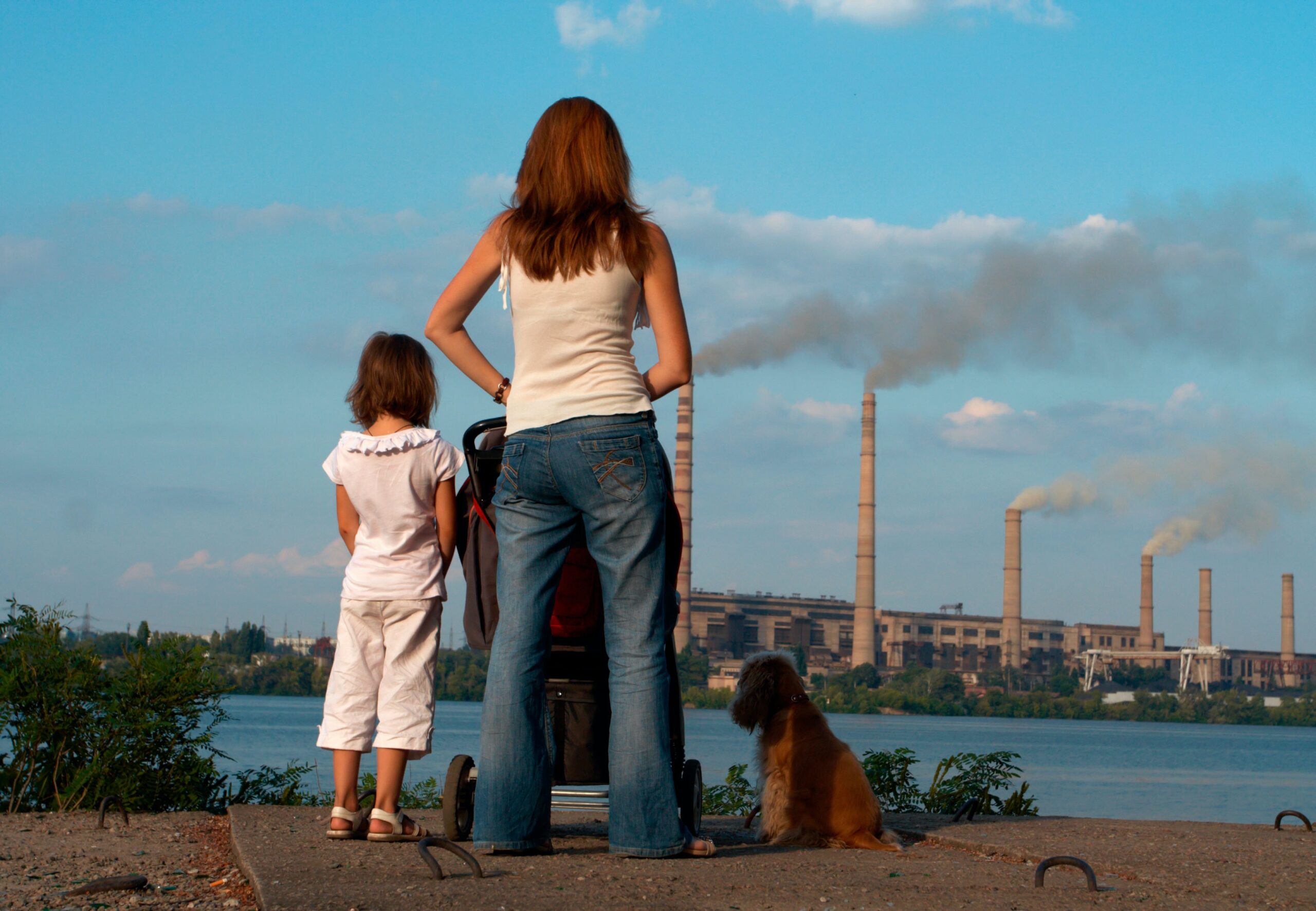Air pollution and lung cancer

JARED SOLOVEI – After decades of warnings from the scientific community, mankind is beginning to see the dire consequences of its mismanagement of natural resources and maltreatment of the biosphere. It seems like every day a new heat record is broken or another natural disaster strikes an ill-prepared community. Unfortunately for us, Mother Nature’s punishment does not end with climate change. There are repercussions beyond the scope of global warming that are a direct result of pollution.
More often than not, the effects of pollution primarily impact wildlife. This affords people the luxury of distancing themselves from the havoc they wreak worldwide. However, those who choose to ignore what is going on around them will soon have no choice but to acknowledge the grim reality. As our situation worsens, the world we live in becomes increasingly hostile to all life forms, including people. Even the air we breathe is becoming increasingly hazardous. Transportation, industrial processes, and power generation using nonrenewable resources all release microscopic particles into the atmosphere. This particulate matter (PM) increases one’s chances of heart disease, lowers life expectancy, and can interfere with general lung function and growth. According to “The Global Burden Of Disease,” in 2010 more than 3 million deaths were caused by air pollution. By 2013, the International Agency for Research on Cancer officially declared air pollution a known carcinogen.
Lung cancer, the most prevalent form of cancer in the entire world, is the leading cause of cancer-related deaths. We like to believe that groups susceptible to this deadly disease are limited to the archetypal cigarette smokers or coal miners, but that is far from the truth. As it turns out, there is plenty of evidence from both human and animal studies that suggest a causal link between air pollution and the incidence of pulmonary cancer. In fact, 1 in 10 cases of lung cancer is believed to be caused by air pollution. This already alarming fact is made even more disturbing when one considers the fact that the majority of the world’s population lives in areas with air pollution levels far greater than those considered safe by the World Health Organization. Furthermore, long-term exposure to fine PM (liquid or solid particles less than 2.5 micrometers in length) has been associated with cancer diagnoses at levels below the European Union’s guidelines.
When confronted with this information, one might be inclined to ask how a minuscule particle, something a fraction of the width of a human hair, could possibly prove to be fatal. Research shows, somewhat counterintuitively, that smaller particles (fine PM) tend to be more dangerous than larger ones. While bigger particles may cause irritation to the eyes and other organs, they can be expelled through coughing and sneezing. Fine PM, on the other hand, can become embedded within lung tissue and sometimes enter the bloodstream. It is believed that once inside the body, these particles damage DNA and increase the rate of cell division. This greatly increases one’s risk of cancer, which is, in essence, the uncontrolled division of mutated cells.
Air pollution is not a problem that can be solved without considerable changes to infrastructure and the world economy. It is certainly true that world leaders have begun to take steps in the right direction (e.g. The Inflation Reduction Act), but this is not enough. Humanity is still releasing large amounts of CO2 into the atmosphere. This seems somewhat foolish considering the finite nature of fossil fuels. We will run out of coal and oil. The transfer to renewable energy is completely inevitable. We can either wait until the consequences of climate change force us to transition, continuing to exacerbate the problem all the while, or we can take the initiative, preventing further ecological deterioration.
Copy editor – Alina Baiju
